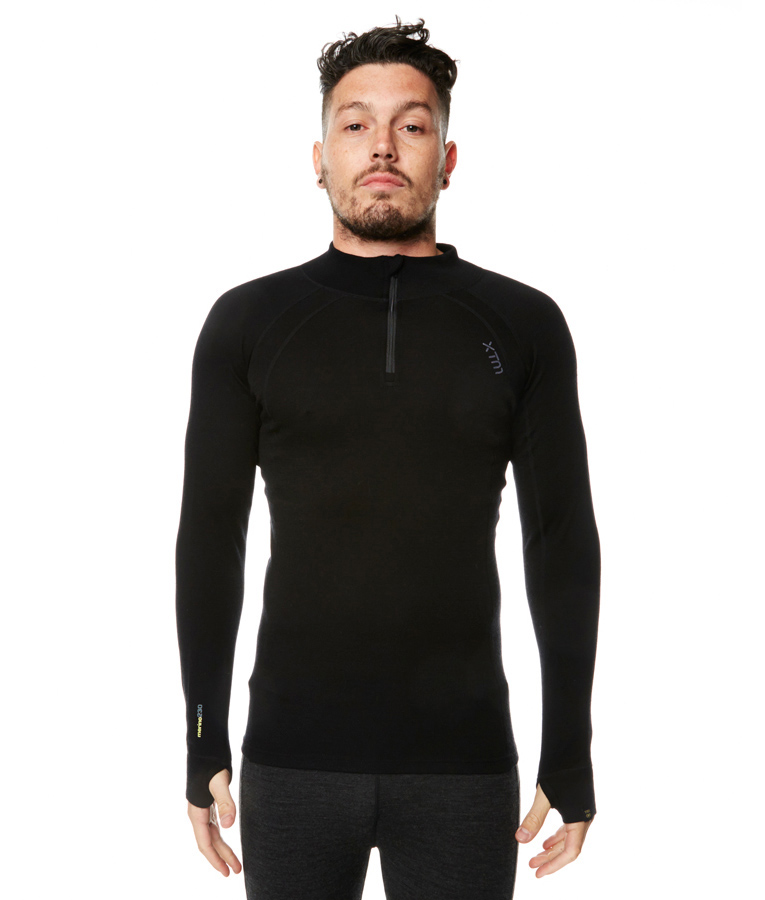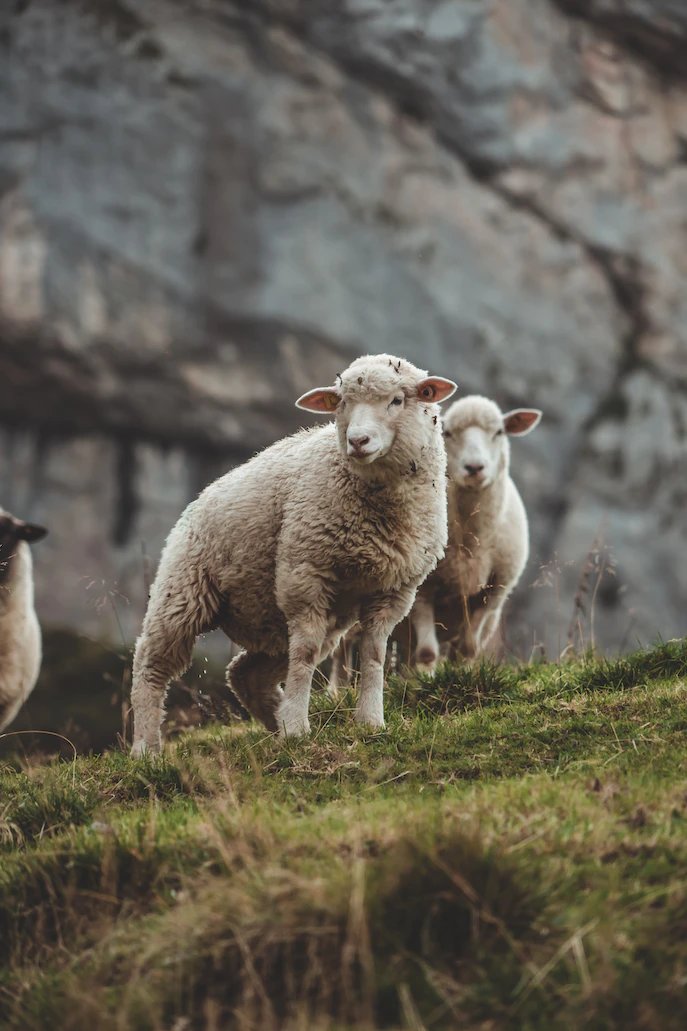Awesome Merino Wool Base Layer Blog
Wiki Article
Why Is Yak Merino Such A Good Base Layer For Winter Sportswear?
Yak merino base layer are ideal for winter sports clothes due to their superior performance as well as the fact that they are a natural fiber source and sustainable environmental impact. Biodegradable and renewable.
Both merino and yak wool are made from natural fibers that come from animals. Renewable resources can be harvested sustainably without causing harm to animals. The fibers are biodegradable, and they do not cause harm to the environment.
Low Environmental Impact
Natural fibers cause less pollution than synthetic ones. Wool is made with less chemical compounds than synthetic fibers and require less energy that is not renewable.
Energy Efficiency-
The manufacturing of synthetic fibres such as polyester or nylon takes more energy. The process of making natural wool consumes less energy and lowers carbon emissions.
Reduced microplastic pollution
In contrast to synthetic fibers, which shed microplastics in washing natural wool fibers do not cause microplastic pollution in water bodies.
Recyclability and durability
Yak merino clothes can last a long time, and are extremely durable. Wool fibers may also be reused or recycled to further reduce waste.
Sustainable Practices-
Some wool producers and manufacturers follow ethical and sustainable practices, which ensure the welfare of animals as well as responsible land management and fair conditions for the workers in the process of production.
Environmental Certification-
The Responsible Wool Standard, also known as the Global Organic Textile Standard, (GOTS) These are both certifications of environmentally and ethically mindful practices for wool production. These standards provide consumers with an assurance of sustainability.
Base layers made from yak merino are typically environmentally friendly because they come from natural and renewable sources. They also have a minimal environmental impact in production and use ethical and sustainable supply chains. If you select natural fibers, like yak merino winter sportswear, you are supporting environmentally sustainable and sustainable practices for consumption. Check out the top rated merino wool base layer info for blog recommendations including wool thermals mens, patagonia merino wool base layer, smartwool thermals, best ski underlayers, smartwool 250 base layer, smart wool baselayer, best merino base layer, skiing mid layers, omniwool base layer, merino wool base layer mens and more.

What Are Some Of The Advantages That Bamboo Clothing Offers In Terms Of Comfort, Sustainability And Protection When Used As Outdoor Winter Clothes?
Comfort, sustainability and protection are just three of the numerous advantages that bamboo clothing provides for winter outdoor clothing.
Bamboo fabric is renowned for being smooth and soft. It's soft on the body. Bamboo fabric is frequently compared to silk or cashmere due to its lavish appearance.
Bamboo fibers are renowned for their wicking properties, which enables them to wick moisture away from the skin, and keep the wearer comfortable and dry.
Thermal Regulation- Bamboo clothing has natural temperature-regulating properties, providing warmth in winter while remaining breathable to prevent overheating.
Sustainability-
Bamboo is a renewable material that grows very quickly, without pesticides. Bamboo is able to regenerate very quickly, making this a sustainable fabric to wear clothing.
Low environmental impact Bamboo farming consumes less water and is more efficient. It also does not deplete soil's nutrients. Bamboo releases more oxygen and absorbs CO2 in comparison to any other plant.
Protection for Outdoor Wear-
UV Protection- Bamboo fabric offers natural protection against harmful UV rays.
Bamboo has natural antibacterial properties known as "bamboo-kun," that help in preventing the growth of bacteria responsible for odor. Clothing stays fresher for longer when outdoors.
Other Benefits
Durability- Bamboo fibers are durable and strong, making them perfect for outdoor wear.
Biodegradability. Bamboo clothes are biodegradable. They are able to be decomposed naturally after their time of life, which reduces their environmental impact.
For outdoor winter clothes Bamboo fabric offers an array of comfort and thermal control. It also regulates moisture and is sustainable. Read the top bamboo clothings url for more examples including bamboo sun hoody, bamboo cay shirts, bamboo t shirts wholesale, bamboo terry fabric, bamboo shirts wholesale, bamboo newborn clothes, bamboo pants mens, bamboo shirts wholesale, bamboo sweatshirt, bamboo twirl dress and more.

What Makes Merino Wool And Bamboo Clothing Distinct From Ordinary Wool?
Merino wool layers, bamboo clothing and regular wool possess distinct characteristics that differentiate them Merino Wool-
Merino Wool is soft and gentle to the skin. It is much less likely to cause itching and irritation than the traditional sheep's wool.
Moisture-wicking Merino wool is extremely wicking properties that draw moisture away from the skin while allowing it to evaporate and keep the wearer dry and comfortable.
Merino Wool is an excellent insulation that provides warmth even when wet. It regulates body temperature, offering warmth in cold temperatures and breathability to avoid overheating in the course of exercise.
Odor Resistance - It is a natural anti-bacterial agent that blocks the growth of bacteria, keeping clothes fresh and smelling good even after prolonged wear.
Bamboo Clothing
Bamboo clothing is said for its silky soft texture that can be compared to cashmere or silk. It's luxurious and soft to wear.
Bamboo fabric is wicks moisture away properties which draw moisture away and help keep you dry.
Temperature Regulation- Bamboo clothing has natural temperature-regulating abilities, offering warmth in winter and breathability to prevent overheating.
Sustainability - Bamboo is a very renewable resource, and it grows rapidly without the need for fertilizers or pesticides. Bamboo is biodegradable, which means it has a minimal environmental impact.
Regular Wool
Texture. The classic wool texture can vary. Certain types of uncomfortable or itchy textures are more coarse.
Warmth - Regular wool provides great insulation and warmth, but it can also feel bulky or heavy.
Moisture Absorption- Wool can absorb moisture, making it less effective in wicking away moisture compared to merino wool or bamboo fabric. It still retains warmth when damp.
Merino is soft and has excellent moisture-wicking. It is also immune to odors. Bamboo clothing has a soft texture, wicking capabilities, temperature regulation and sustainability. Regular wool is different in its texture. It may not be as soft, or have the same moisture-wicking capabilities as bamboo or merino but it does provide warmth. Each wool type is distinct and caters to different fashions of winter clothing. Have a look at the top merino winter clothings advice for site advice including smartwool base layer womens, ski thermals mens, ski base layer pants, ski thermal underwear, merino wool long johns, merino base layer womens, men's wool leggings, best base layer for skiing women's, wool base layer, smartwool 250 base layer and more.
